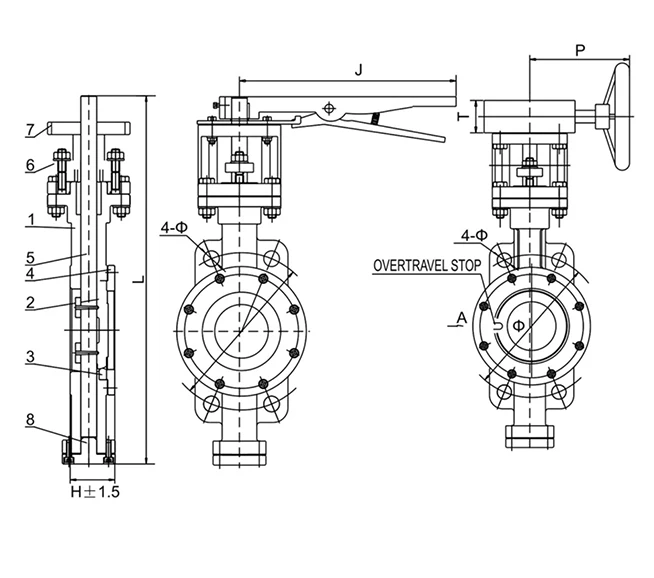നവം . 22, 2024 06:00 Back to list
severe service
Understanding Severe Service in Industrial Applications
In the realm of industrial applications, the term “severe service” often comes up when discussing the challenging conditions that certain processes introduce to equipment and systems. Severe service refers to the environments and operational conditions that place extraordinary demands on equipment, such as valves, pumps, and piping systems, due to factors like high pressures, extreme temperatures, corrosive substances, and abrasive materials. This article aims to delve into what constitutes severe service, its implications on equipment design and maintenance, and the importance of selecting the right materials and technologies to ensure reliability and efficiency.
Defining Severe Service
Severe service environments are characterized by conditions that can accelerate wear and tear and, if not properly managed, lead to premature failure of industrial components. Some common industries that encounter severe service conditions include oil and gas exploration, chemical processing, power generation, and mining. For example, in oil and gas extraction, equipment may be subjected to high-pressure gas, corrosive fluids, and fluctuating temperatures that can strain traditional materials.
Key Characteristics of Severe Service
1. High Pressure and Temperature Many severe service applications operate under extreme pressure and temperature ranges. For example, valves used in oil drilling must work reliably at pressures exceeding 20,000 psi and temperatures that can soar above 250°C. This necessitates materials capable of withstanding such conditions without deforming or failing.
2. Corrosive Environments Industries dealing with chemicals often face aggressive substances that can corrode standard materials. In severe service conditions, equipment must resist not only chemical corrosion but also stress corrosion cracking, which can occur in environments containing chlorides or acidic substances.
3. Abrasive Materials In mining and bulk material handling, equipment may be subjected to abrasive materials, such as sand, gravel, and other particulate matter. This can wear down surfaces and create significant operational challenges, making it essential to select components designed to handle such rigors.
severe service

4. Continuous Operation Severe service applications often involve continuous or cyclic operations where equipment is expected to perform without interruption. This puts additional stress on mechanical seals and joints which can lead to leaks and failure if not properly designed.
Importance of Material Selection
Choosing the right materials is crucial when designing equipment for severe service conditions. Engineers typically look for high-strength alloys and coatings to enhance resistance to corrosion and wear. Stainless steels, duplex steels, and advanced materials like titanium can be essential, depending on the specific service conditions.
In addition to materials, the design of valves, pumps, and other equipment must incorporate features that mitigate the impacts of severe service. For instance, implementing thicker walls, hard-facing techniques, and advanced sealing solutions can improve longevity and reliability.
Maintenance and Reliability
Equipment operating in severe service environments requires a rigorous maintenance strategy. Regular inspections and monitoring can help identify wear patterns early, preventing catastrophic failures. Predictive maintenance practices, using technologies such as sensors and IoT devices, allow operators to obtain real-time data on equipment status and performance. This proactive approach not only extends the lifespan of industrial components but also optimizes performance, reducing downtime and maintenance costs.
Conclusion
In conclusion, severe service environments present unique challenges that demand careful consideration in equipment selection, design, and maintenance. By understanding the specific characteristics of severe service and adopting best practices in material selection and maintenance strategies, industries can enhance the reliability and efficiency of their operations. As global industries continue to grow and evolve, the importance of effectively managing severe service conditions will only increase, making it crucial for engineers and operators to stay informed about advancements and strategies that can improve performance in these demanding applications.
Share